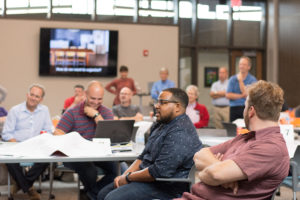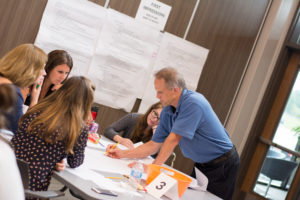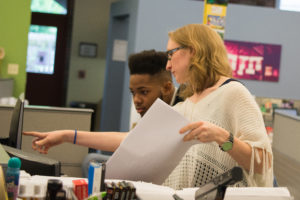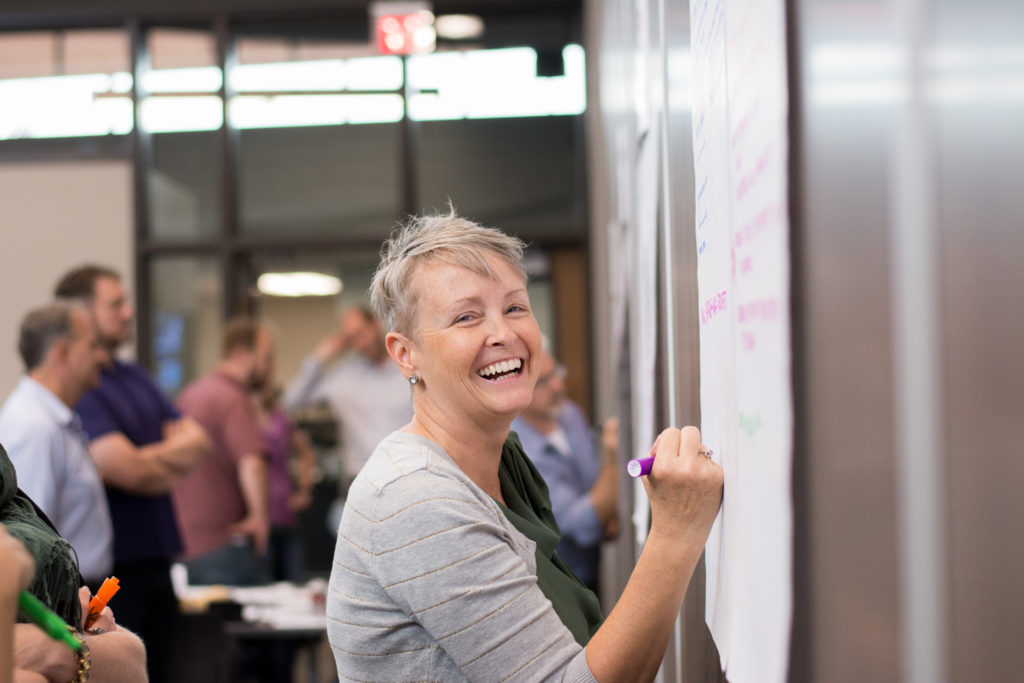Coming Together, Despite Being Apart
Despite the social isolation and challenges that faced our creative team in 2020, ThenDesign Architecture continues to find ways to come together despite being apart. In mid-February we got together for cross country skiing, hiking and to enjoy the winter weather in the unique forested environment of Chapin Forest, of Lake Metroparks in Ohio.
While we are known for regularly hosting in-person activities, over the last year we have committed ourselves to the safety of our staff and have largely worked remotely. However, as we are able, we still enjoy participating in outdoor activities that reinforce our culture of collaboration, exploration and discovery. Even though we are still largely separated, we strive to find ways to come together, despite being apart.
TDA and Greenland Cross Country Skiing and Hiking at Chapin Forest
The Challenges of Isolation
Social Isolation is a killer … literally. In 2017, the Oxford Academic ranked the “lack of social connection” against a variety of established lifestyle risk factors. While the report was revisited in 2020, they found that the effects of “isolation” are similar to that of obesity, physical inactivity, air pollution and in some cases, it exceeds the health risks associated with smoking 15 cigarettes a day.
There is no doubt that “social distancing” has impacted the efforts of creative teams, especially those in the Architecture, Construction and Engineering industries. The sudden lack of in person meetings, not showing up at “the office” and talk face-to-face with colleagues has posed many communication challenges.
Furthermore, remote work often means a disrupted home schedule. If we are parents, we automatically became full-time teachers, cafeteria workers and crisis managers, juggling learning schedules, lunch breaks, and work-related deadlines. Seriously, how many times have we had our own “quarantined co-workers” (spouses, children, and the occasional dog or cat) “helpfully” join our client meetings to provide their opinions? The lines between work and home are blurring and we have to remember to find ways to practice self-care and manage these new sources of stress.
This informs our multipronged approach of combatting these challenges, so we strive to get outside, get exercise, and see familiar faces. That only helps our creative teams.

Our Team Along with Family Were Included
Chapin Forest
Located in Lake County, as a part of Lake Metroparks, Chapin Forest features 6 miles of trails through mature forests full of beach, maple, oak, tulip and hemlock trees. Initially the park was purchased in 1949 by Frederic Chapin, who donated it to the State of Ohio and under a lease agreement, with the Ohio Department of Natural Resources, it is now managed by Lake Metroparks. The rocky outcroppings of Sharon Conglomerate were formed 300 million years ago, and guided hikes are regularly offered for guests to see some of the restricted ledges.
Hiking in the park allows visitors to experience the “Sharon Conglomerate ledges,” from where Lake Erie and the Cleveland Skyline are visible on clear days. This winter, in the evenings the “Arbor Lane Loop Trail” is lit which is a 1-mile trail for evening walks. During the day, snowshoe and cross-country ski rentals are available at the lodge and an outdoor fire allows guests to warm up and enjoy snacks.
So, when the team decided to explore this natural environment, it was nothing new for us. Led by a number of our experienced outdoor trailblazers, and a skiing instructor, it was natural to continue getting together, despite being apart.
A Company Culture That Promotes Collaboration, Exploring and Discovery
Angie Staedt, the Human Resources Director at TDA, cites our company culture as a major factor driving the business and staff growth. She states, “People come to TDA because they know that there’s a purpose here. The vision of “enriching lives through design” came a long time ago by the partners of our firm, Chris Smith and Bob Fiala. Bob particularly had the vision years ago to set our culture before many companies emphasized it. That culture remains today.”
It’s not just the shared vision improving the lives of teachers, students and education through architectural design, but improving ourselves by engaging with each other, building on one another’s strengths.
Angie continues, “At TDA, individuals get together as a group and in team building exercises or other group events. We try to mix individuals in teams that they don’t usually work with to get broader experiences. We spend a lot of time collaborating in group activities, design charrettes or other outdoor activities. One of our favorite events is our staff patio lunches, where we come together to cook a meal which may be a Hawaiian Luau theme or something similar. We love those opportunities to bond and enjoy good food.”
Collaboration is embedded into the fabric of what makes us successful.
“People come to TDA to find community and make a difference” says Angie. “The most successful individuals are the ones who chart a path for success in serving our clients by building relationships and on expanding their own careers. People stay here because they know that they are contributing to a greater purpose.”
We invite you to engage with us and see what makes our team different.
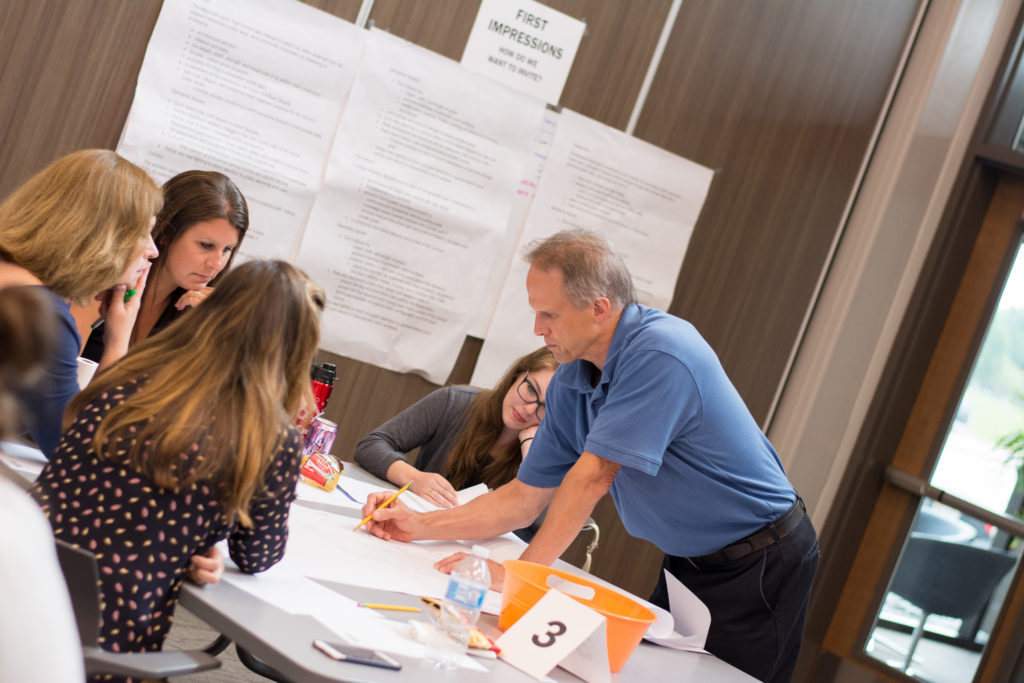
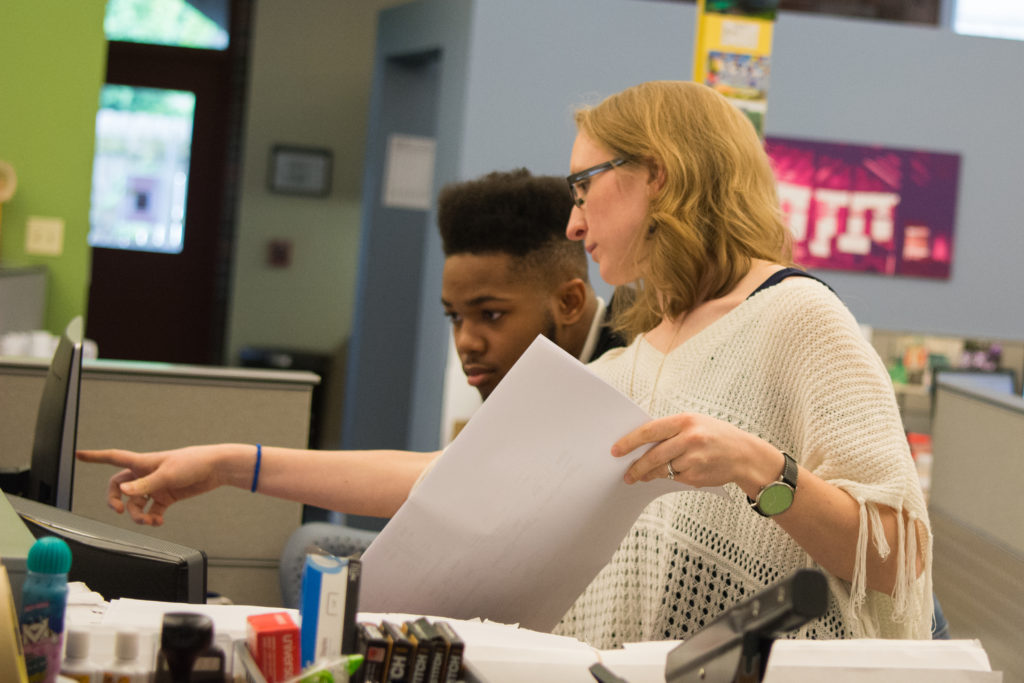
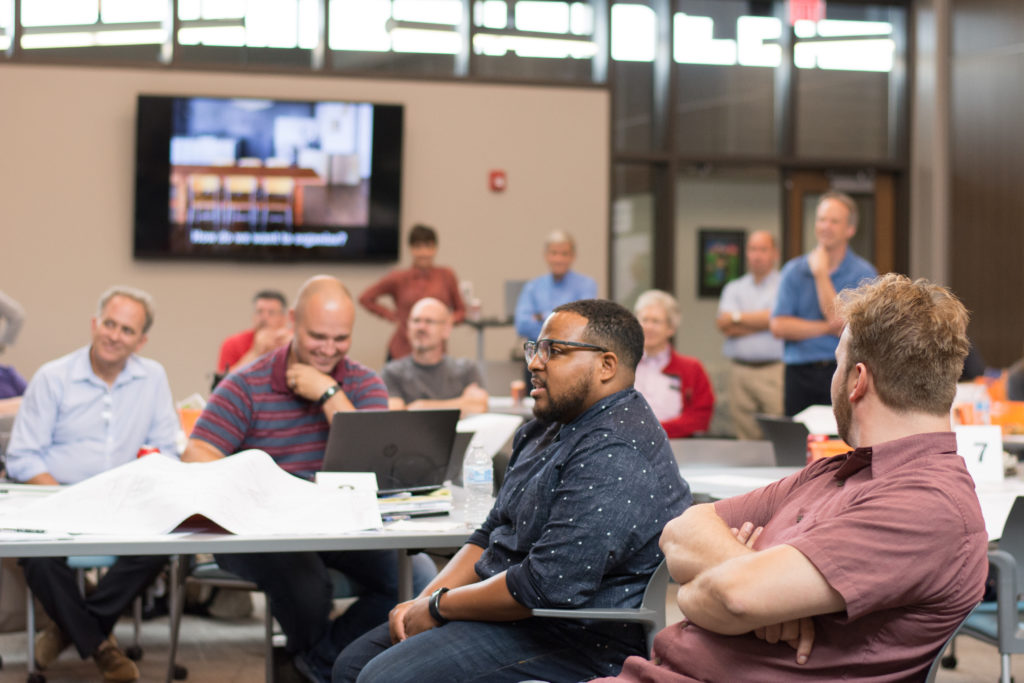
Let’s work together to make education better. Interested in speaking with us? Get in touch!
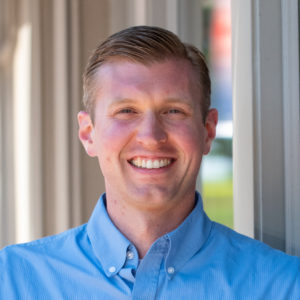
Ryan Caswell
Communications
Get our newsletter with insights, events and tips.
Recent Posts:
Mentor’s CARES House: Autistic Education Comes Home
Perry High School Unveils a State-of-the-Art Welding Lab
ThenDesign Architecture Celebrated its 35th Anniversary
Capital Improvement Plans Work
Rocky River’s Transformative Renovation
Cuyahoga Falls 6-12 Campus Construction Tour

